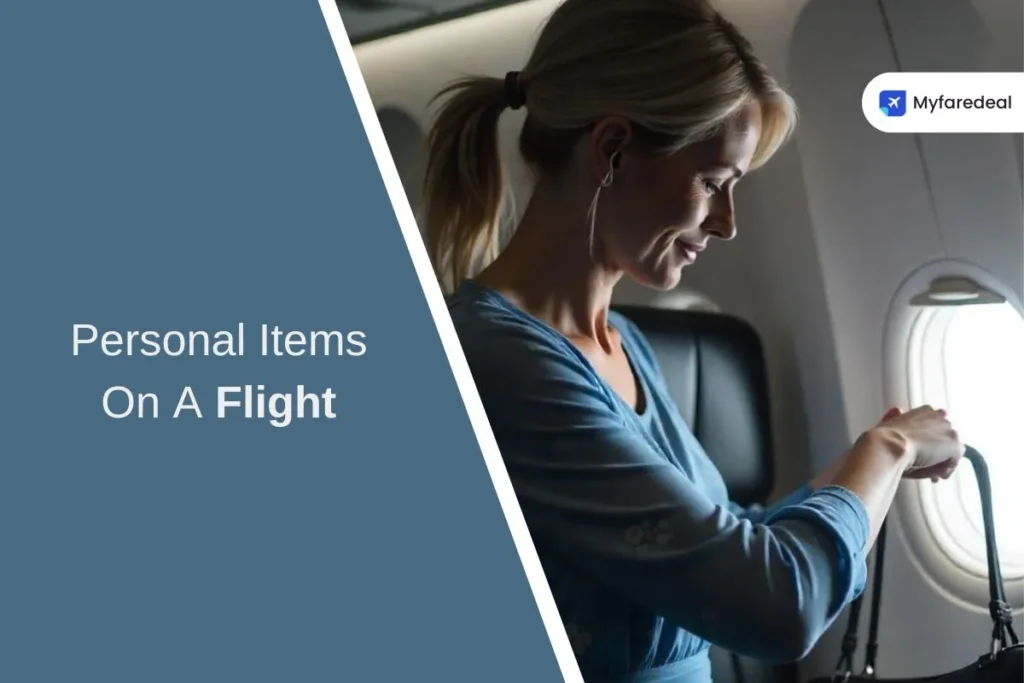Personal Items and Carry-on Bags on a Flight
When travelling on a flight, it is important to know the baggage policies. Each airline has rules about personal items and carry-on bags, and having that information can help prevent problems at security and when boarding. Meanwhile, packing a carry-on and personal item efficiently can ensure a smoother ride, too. (If you’re bringing a few must-have pieces, such as a business suit carrier or navy cross-body handbag.) However, this article explains what separates personal items from carry-on bags, and provides useful packing tips.
What is a Personal Item?
A personal item is a smaller bag that can go under the seat in front of you. Meanwhile, the airlines usually allow one personal item on top of a carry-on. However, passengers should keep in mind the size and weight restrictions are different with each carrier. Personal items include:
Handbags and Purses: A navy cross-body handbag makes a good functional and stylish travel choice.
Laptop Bags: A compact laptop bag keeps the electronics safe yet ensures easy access during security checks.
Small Backpacks: If your small backpack meets size restrictions, it usually will be allowed by most airlines.
Tote Bags and Briefcases: Commonly used by working professionals who want to carry important documents and personal stuff.
Camera Bags: Passengers flying with camera gear can carry a designated camera bag as a personal item.
Carry-On Bag Dimension and Limitations
A carry-on (which takes up space in the overhead bin) is larger than a personal item but usually requires the bag to fit within the strict dimensions. However, most airlines allow one carry-on per passenger, usually up to roughly 22 x 14 x 9 inches (56 x 36 x 23 cm). Meanwhile, Some of those carry-on options are given below:
Rolling Suitcases: These suitcases provide plenty of space and work well for longer journeys.
Business Suit Carrier: With these carriers, travellers can transport their business attire without wrinkles.
Duffel Bags: Duffel bags are roomy and flexible, so they’re good for short trips.
Travel Backpacks: A medium-sized backpack can be a carry-on if used properly.
Airline Baggage Policies
Airport baggage policies vary by airline, so it’s best to check the rules before you take off. Meanwhile, the Key distinctions include:
Full-Service Airlines: Delta, American Airlines, and British Airways are among the carriers that permit both a carry-on and a personal item free of charge.
Budget Airlines: Budget airlines like Spirit, Ryanair, and Wizz Air may charge you for your carry-on, only allowing you to take on a small personal item for free.
International Flights: Long-haul flights have a more generous baggage policy, but weight limits still apply. However, the passengers should check the airline’s baggage regulations for international travel.
Baggage Regulations for Connecting Flights
The luggage handling for connecting flights varies based on your ticket type. Meanwhile, here are baggage regulations:
- Through tickets (one ticket number for all flights) means your bags typically go straight to your final destination.
- Separate tickets require you to collect and recheck your luggage yourself.
- For U.S. or China connections passengers need to collect their baggage, clear customs, and recheck it due to local rules.
- Major airports like Heathrow require all connecting passengers to go through security screening again. The 100ml liquids rule still applies. Meanwhile, countries have specific security protocols that all departing passengers must follow.
Conclusion:
This article is about Personal Items and Carry-on Bags on a Flight. Additionally, knowing airline baggage rules can help travel go much more smoothly. Choosing appropriate bags, like a business suit carrier for formal wear or a navy cross-body handbag for travel items, makes for better convenience. They pack lighter and smarter and follow the rules of their airlines so they aren’t stressed and can make a smooth transition from departure to destination.





